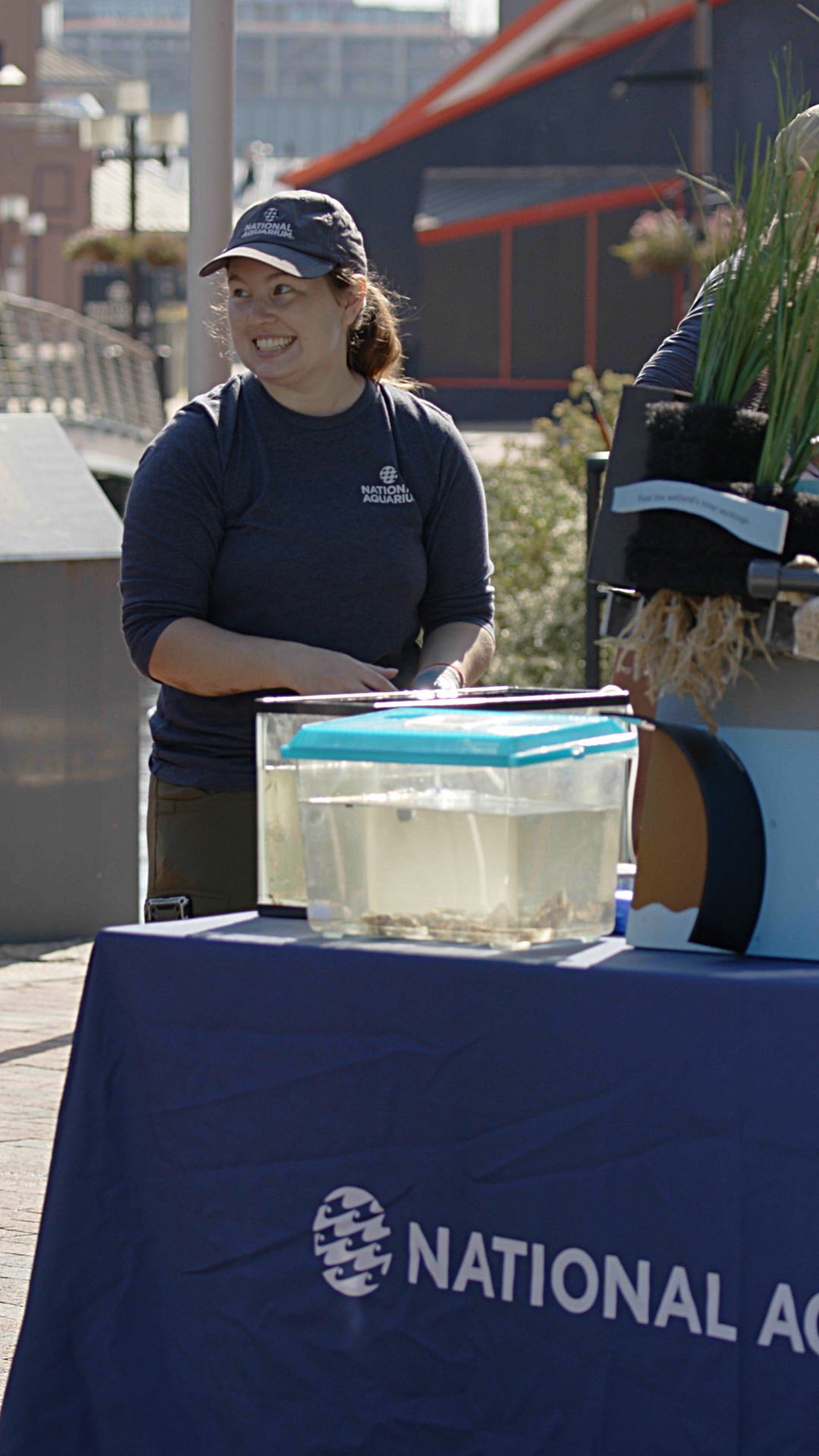– Introduction to Biohuts and their purpose in marine conservation.
– Hallie Carter’s role as the National Aquarium‘s conservation project manager and her work with Biohuts.
– The design and materials of a Biohut and how they replicate natural habitats.
– Success stories and the impact of Biohuts on marine ecosystems.
– The broader implications of Biohut installations for global conservation efforts.
Biohuts are innovative artificial habitats designed to mimic the natural conditions required for the survival and development of juvenile marine species. As the world’s water bodies confront the effects of pollution, overfishing, and climate change, the necessity for sustainable conservation methods like Biohut installations has never been more pressing. They offer a glimpse of hope in the quest to preserve marine biodiversity and reinforce the resilience of aquatic ecosystems.
At the forefront of this frontier in marine conservation is Hallie Carter, the National Aquarium’s conservation project manager, who plays a pivotal role in spearheading Biohut projects. Her dedication and expertise guide the collaboration and implementation of conservation initiatives that seek to bolster the populations of marine organisms, particularly those in jeopardy.
Biohuts consist of a metal cage, usually constructed from durable and corrosion-resistant materials like galvanized steel or aluminum. These cages are filled with oyster shells or other natural materials that provide nooks and crannies for young fish and invertebrates. Mimicking the structure of natural reefs and mangrove roots, these man-made habitats serve as nurseries offering shelter, protection from predators, and abundant feeding grounds for various marine species.
Stories of successful Biohut installations are emerging around the globe. Notable improvements include increases in local fish populations, restoration of endangered species, and even benefits to surrounding habitats, emphasizing the interconnectedness of marine ecosystems. By creating safe zones for young aquatic creatures, Biohuts help address the bottleneck in the lifecycles of many species during the vulnerable juvenile stage.
The Biohut is not an isolated solution; it plays a crucial part in a broader conservation strategy. By integrating these habitats into urban waterfronts, marinas, and other modified environments, conservationists aim to mitigate some of the human-induced pressures on marine life. Projects like these inspire community involvement and foster a shared responsibility for the health of our planet’s oceans.
Complementing more conventional conservation efforts, the Biohut is a testament to the power of innovative thinking in addressing ecological challenges. These artificial habitats serve as a bridge between human activity and natural processes, allowing for the coexistence and mutual benefit of both. As aquatic habitats face increasing threats, solutions like the Biohut exemplify how proactive, science-driven actions can bring significant positive outcomes for marine life and their ecosystems.
Hallie Carter’s work, among others in the field, is crucial to advancing this technology and its application. Through strategic planning, rigorous monitoring, and community engagement, Carter and her team demonstrate that effective conservation practices can be harmonized with urban development and the expansion of human activity. Their work establishes a blueprint for similar initiatives worldwide, aiming to increase the positive effects observed on a global scale.
While Biohuts signify a significant step forward, they are just one piece of the larger conservation puzzle. Their integration into marine conservation strategies highlights the growing recognition that human impact on the oceans must be mitigated through thoughtful, science-based solutions. As this technology continues to evolve, it underscores the need for continued research, funding, and public support to extend its reach and efficacy.
Biohuts are a testament to human ingenuity and our capacity to work in tandem with nature to heal and protect the environment. With conservation experts like Hallie Carter at the helm, the potential of Biohuts to contribute to the recovery of marine ecosystems is expansive. As community awareness grows and technological advancements are made, the prospect of a future where marine life thrives in balance with human activity becomes increasingly attainable.
*****
Source Description
What exactly is a Biohut? Hallie Carter, the National Aquarium’s conservation project manager, walks us through this.

